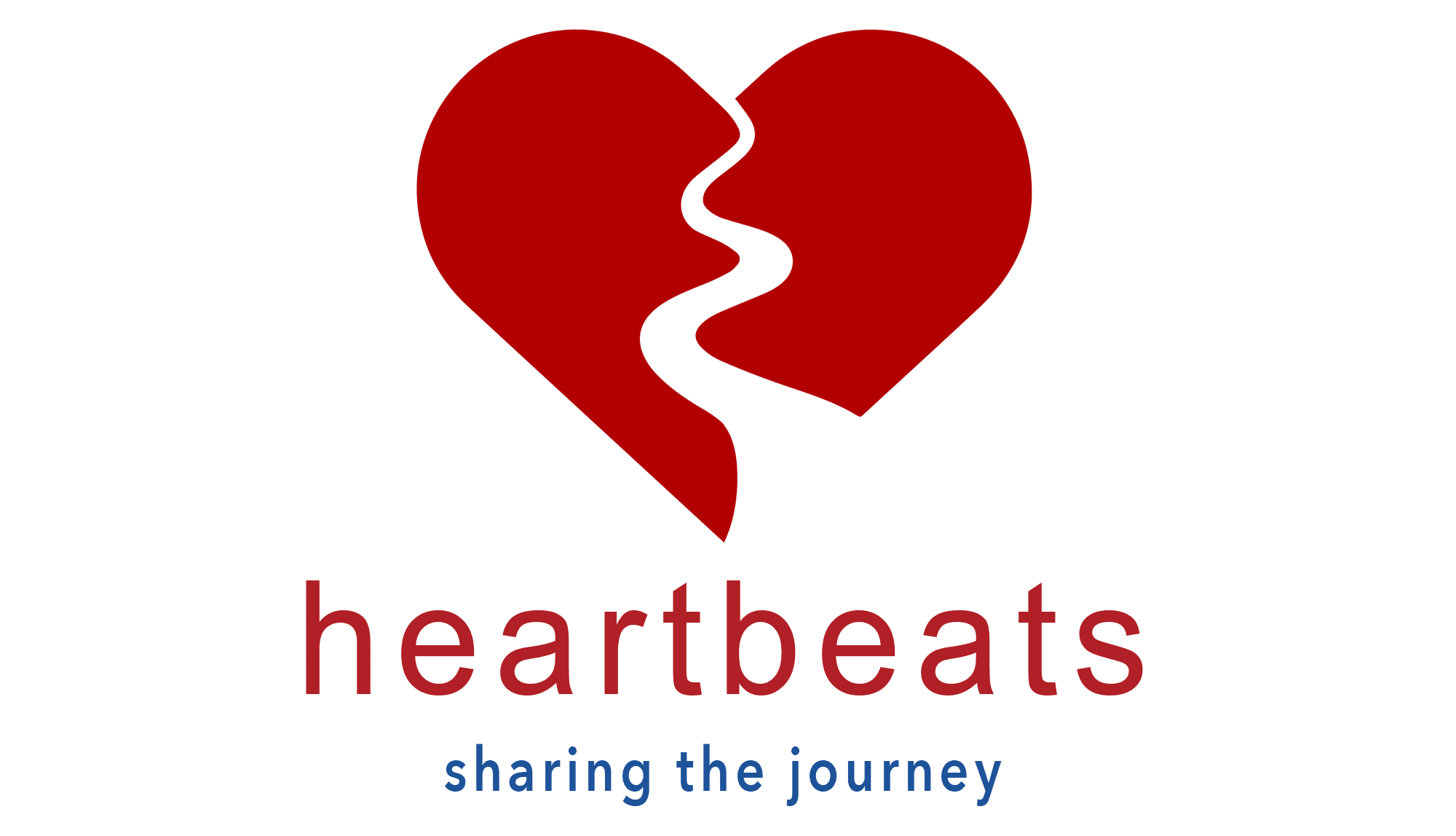Is Psychosocial Stress Associated With an Increased Risk for Acute Stroke or Coronary Heart Disease?
Medscape
27 January 2023
Authors: News Author: Kelli Whitlock Burton; CME Author: Charles P. Vega, MD
Clinical Context
Most adults consider significant levels of stress a normal part of life, but they may not consider that stress is an independent risk for coronary heart disease (CHD). Richardson and colleagues assessed the connection between stress and CHD in a meta-analysis published in the
December 15, 2012, issue of the American Journal of Cardiology.[1]
Researchers found 6 prospective observational studies with a total of more than 100,000 participants that addressed their study question.
Overall, high stress was associated with an incidence rate ratio of 1.27 (95% CI, 1.12-1.45) for coronary heart disease compared with no stress.
Stress was significantly associated with both fatal and nonfatal CHD, and the negative effects of stress on cardiac health were more pronounced with age. Adjusting the results for measures of mood and substance use failed to alter the significant association between stress and CHD.
There are fewer data regarding the effects of stress on the risk for stroke, and the current study addresses this issue.
Study Synopsis and Perspective
People with high stress levels have a significantly higher risk for acute stroke than their counterparts with low stress, but the risk lessens if they feel in control of work and home life, a new study suggests.
The benefit was greatest among those who believed that they had more control at work compared with those whose “locus of control” was higher at home. The findings come from the INTERSTROKE study, an international case-control study of risk factors for first stroke.
“In those who reported severe work stress, the increase in risk was smaller in those who felt that they had high control over their work life compared to those who felt they had low control over their work life,” lead investigator Catriona Reddin, MB, a doctoral student at the
University of Galway, Galway. Ireland, and Irish Clinical Academic Training fellow, told Medscape Medical News.
The findings were published online December 9 in JAMA Network Open.[2]
The Dangers of Stress
The INTERSTROKE study includes more than 25,000 patients with stroke and control patients from 32 countries who were enrolled between 2007 and 2015. The current research included data from 13,350 cases and 13,462 controls.
Each case was matched for sex and age with a control from the same center or catchment area. Cases comprised patients who presented with a first ischemic or haemorrhagic acute stroke and were enrolled within 72 hours of hospital admission or 5 days of symptom onset.
All participants completed a standardized questionnaire with questions designed to measure stress at home, work stress, financial stress, and stressful life events. Cases were asked to respond as they would have before their stroke.
More individuals with a history of stroke reported high levels of home stress compared with controls (14.2% vs 9.6%, respectively). After controlling for sex, age, and a host of other risk factors, high stress at home was associated with a significant increased risk for all stroke (adjusted odds ratio [aOR], 1.95; 95% CI, 1.77-2.15), ischemic stroke (aOR, 1.82; 95% CI, 1.63-2.03), and intracerebral haemorrhage (aOR, 2.55; 95% CI, 2.05-3.18).
High work stress was also reported more often in cases compared with controls (23.1% vs 15.4%, respectively) and was associated with a significant increase in risk for all stroke (aOR, 2.70; 95% CI, 2.25-3.23), ischemic stroke (aOR, 2.27; 95% CI, 1.85-2.78), and intracerebral haemorrhage (aOR, 5.20; 95% CI, 3.48-7.77).
“The association between stress and stroke remained significant after adjusting for cardiovascular risk factors such as hypertension and smoking, suggesting that the association may be independent of these cardiovascular risk factors” Reddin said.
Blunting the Risk
However, researchers found that feeling in control of work and home life could blunt the increased risk for stroke.
Although high stress levels were still tied to elevated stroke risk compared with low stress levels, that risk was smaller if they felt they had more control at work (OR, 2.20 vs 2.70; P=.008) and at home (OR, 1.69 vs 2.40; P<.001) compared with those with a low locus of control.
Stress is a known risk factor for cerebrovascular events, and clinical guidelines include managing psychosocial stress to prevent stroke and coronary heart disease. But the ideal method for managing stress is unclear.
This new study suggests that one way may be to alter working conditions to allow employees greater control over what happens on the job.
Commenting on the findings for Medscape Medical News, Mitchell Elkind, MD, chief clinical science officer at the American Heart Association, said the specific interventions could be implemented at the organizational level or by individual workers.
“The specific interventions probably depend on many factors, including the nature of the work and the environment of the workplace,” Dr Elkind said. “But in general, employers could help by giving employees greater control over their work hours by allowing them to determine their work hours through flexible scheduling or giving them the chance to participate in decisions about the workplace and using problem-solving committees.”
The study was funded by the Canadian Institutes of Health Research, Heart and Stroke Foundation of Canada, Canadian Stroke Network, Swedish Research Council, Swedish Heart Lung Foundation, and others. See the original report for a full funding list. Reddin and Elkind reported no relevant financial conflicts.
JAMA Network Open. Published online December 9, 2022.
Study Highlights
- Study data were drawn from the INTERSTROKE research cohort. INTERSTROKE is an international case-control study examining risk factors for stroke. Adults with a history of stroke are compared with controls who have not had stroke.
- Participants in the current study protocol completed a standardized survey regarding stress levels at home and work, as well as an inquiry regarding stressful life events.
- Researchers also queried participants regarding locus of control in different domains of their life.
- The main study analysis focused on the relationship between stress and a history of stroke. The analysis was adjusted to account for demographic, disease, and health habit data, as well as the presence of mood disorders.
- 13,350 cases of stroke were compared with 13,462 controls. There was wide variability in the prevalence of stress across different geographical areas, from 5.0% of controls in China to 26.1% among controls in South Asia. High-income countries generally reported greater amounts of stress.
- Adults who reported stress tended to be younger and have higher educational attainment. Stress was also associated with higher body mass index and less physical activity.
- High levels of stress at home were reported in 14.2% of stroke cases and 9.6% of controls. Stress at home was associated with an OR of 1.95 (95% CI, 1.77- 2.15) for any stroke.
- Only about 40% of participants were employed. The OR for any stroke associated with high levels of work stress was 2.70 (95% CI, 2.25-3.23).
- Stress at home and work were associated with higher risks for both ischemic and hemorrhagic stroke.
- The OR for any stroke associated with a single stressful life event was 1.17 (95% CI, 1.09-1.25), and it increased as the number of stressful life events rose. Intrafamily conflict, marital separation or divorce, death of a spouse, and violence were all independently associated with a higher risk for stroke.
- Higher locus of control at home was associated with a lower risk for stroke (OR, 0.73; 95% CI, 0.68-0.79). However, higher locus of control at work did not result in a similar benefit.
- The findings regarding stress and a higher risk for stroke were validated across 5 continents, but not Africa. Moreover, stress was associated with a higher risk for stroke in all age groups studied.
Clinical Implications
- A previous meta-analysis found that high stress was associated with a 27% increase in the risk for coronary heart disease. Stress was significantly associated with both fatal and nonfatal CHD, and the negative effects of stress on cardiac health were more pronounced with age. Adjusting the results for
measures of mood and substance use failed to alter the significant association between stress and CHD. - The current study finds that high stress at home or work is associated with higher risks for both ischemic and hemorrhagic stroke, and stressful life events also appear to promote a higher risk for stroke. Higher locus of control at home improved the risk for stroke, but higher locus of control at work did not.
- Implications for the healthcare team: The healthcare team should promote stress reduction as a means to reduce the risk for cardiovascular events, including stroke.

